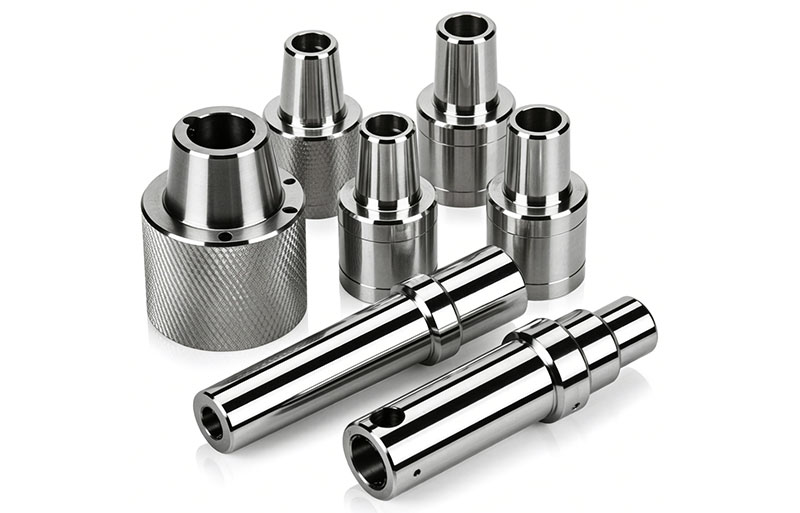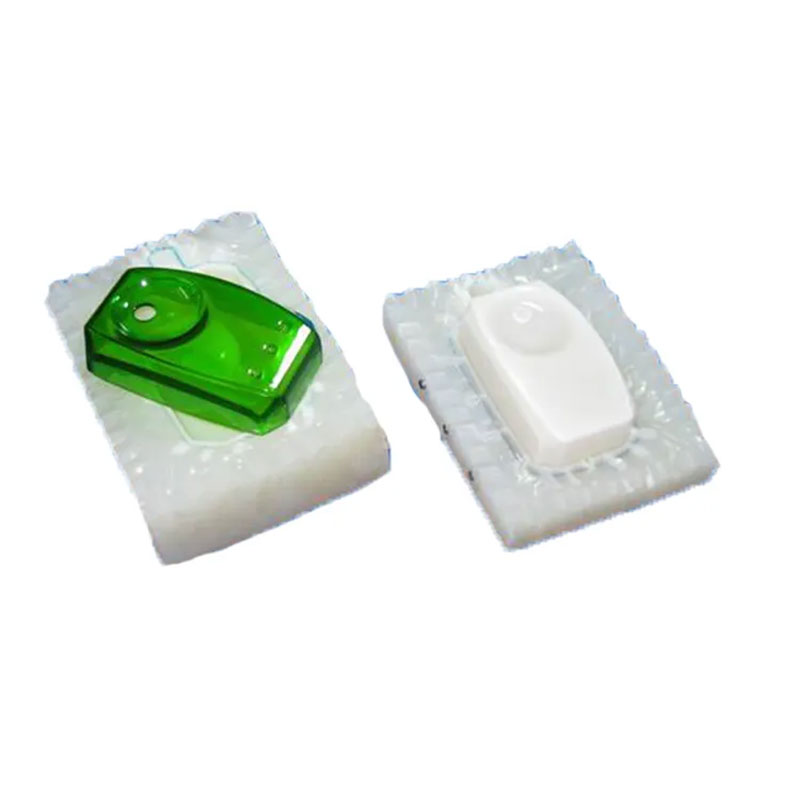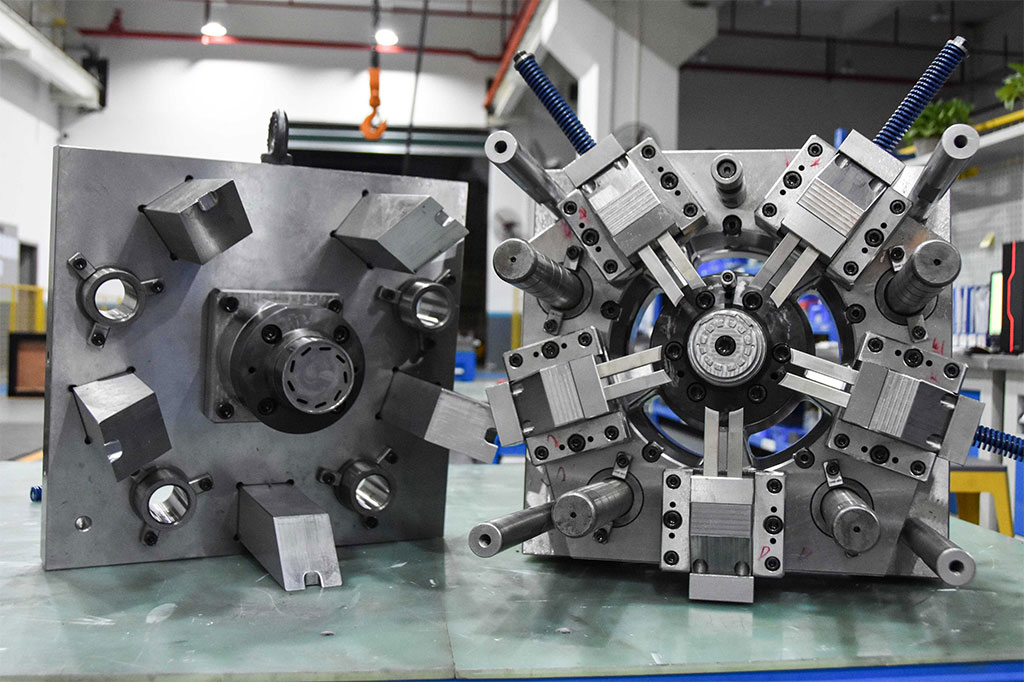Custom shaft manufacturing involves a series of procedures that help derive the preferred dimension, precision, and surface finish. As such, it would be best to identify the intended application, working conditions, and project requirements to create functional custom shafts. Here are steps on how to process custom machined shafts.

Design and Programming
The initial step in making custom-machined shafts is to design and program. You must determine the shaft material, diameter, and length specifications. Then, you will create a CAD (computer-aided design) file for your custom-machined shaft with CAD software.
Then, generate tool paths for the CNC machine according to the requirements of the shaft parts using the computer-aided manufacturing (CAM) software package. To achieve this, you should develop a CNC program (a set of machine-readable instructions known as G-code) using the CAM software. Afterward, you will load it into the CNC machine controller to guide the machining process.
Machine Setup
When setting up a CNC machine to manufacture shafts, you have to choose the appropriate machine type, such as a milling machine or lathe. Then prepare the workpiece and choose the right cutting tool, like end mills or turning tools. Also, ensure the workpiece is secured firmly with the right fixtures, and use sharp cutting tools.
Shaft Machining Process
It would be better to use CNC machines to cut the custom shafts to the preferred specifications. Machinists often utilize the CNC turning method due to its versatility and high precision in machining cylindrical components such as custom shafts. It rotates the cylindrical shaft as the cutter removes material. However, it is need to monitor the machining stages and inspect the machined shafts to ensure quality.
Surface Finishing
There is a wide variety of compatible surface finishing to choose from after manufacturing your custom shafts. These surface finishes are suitable for improving the machined shafts’ functionality and physical appearance, ensuring they match the intended application’s requirements. Bead blasting, anodizing, and passivation are typical examples of compatible surface finishing for custom shafts.


